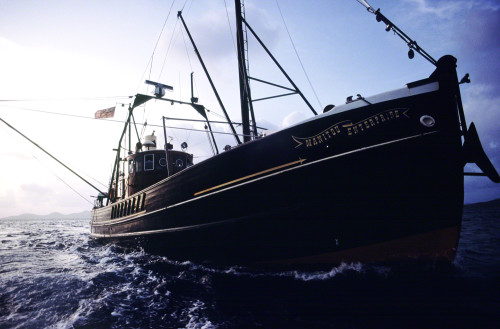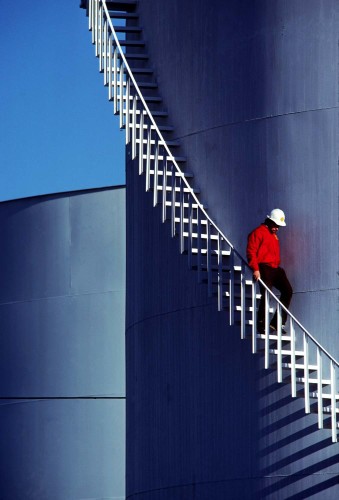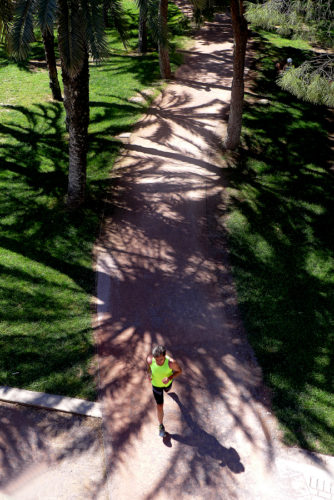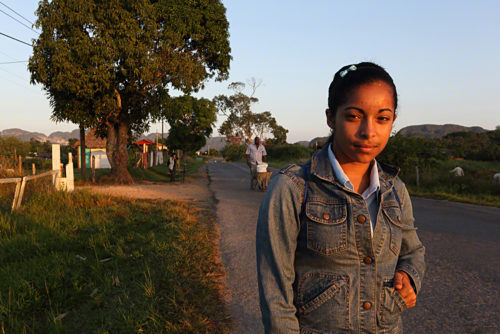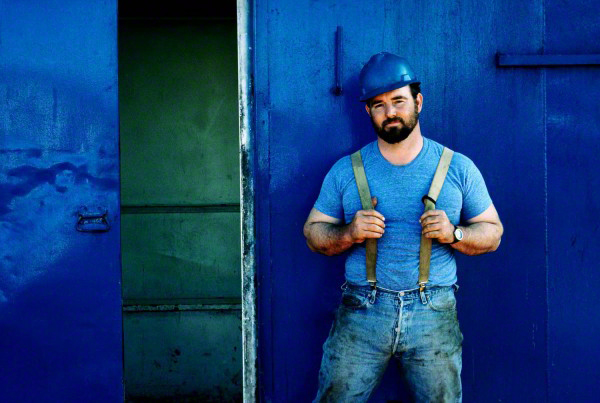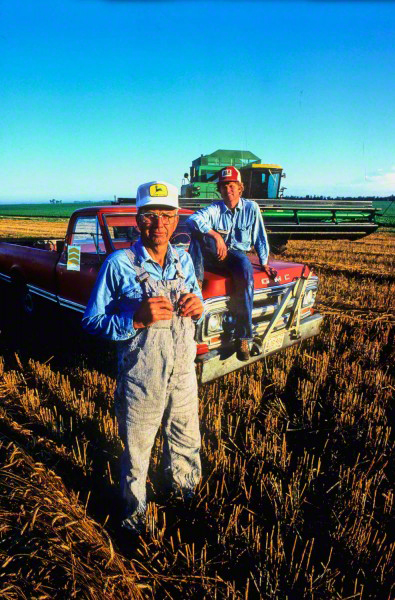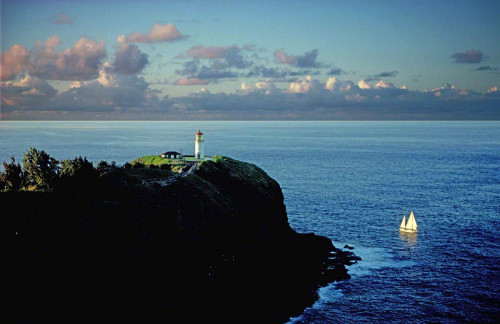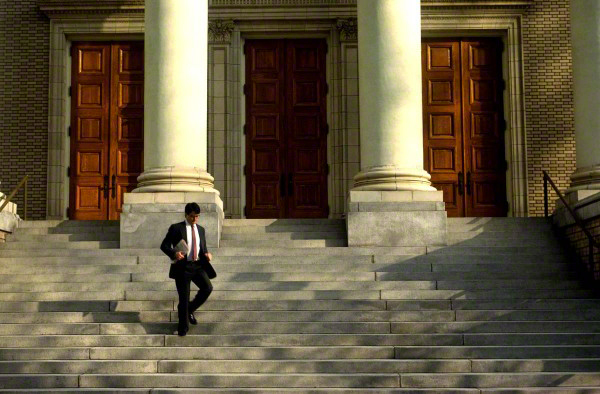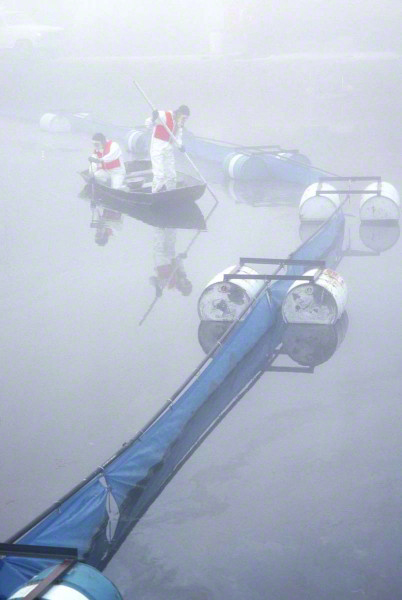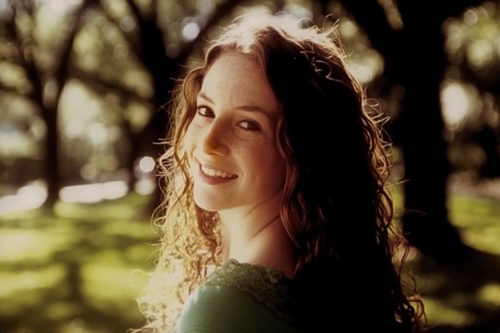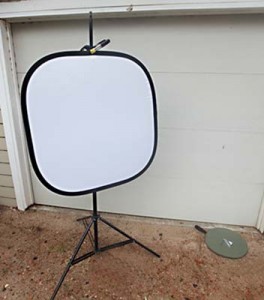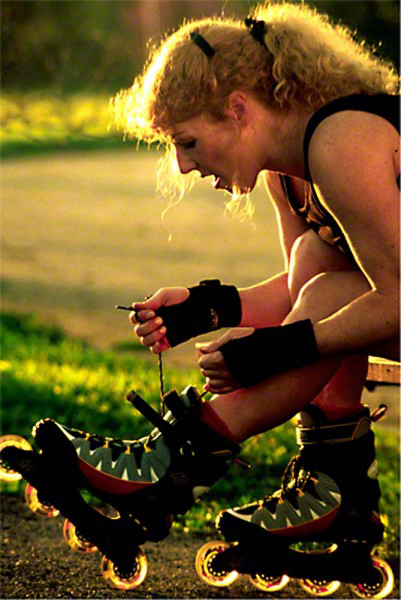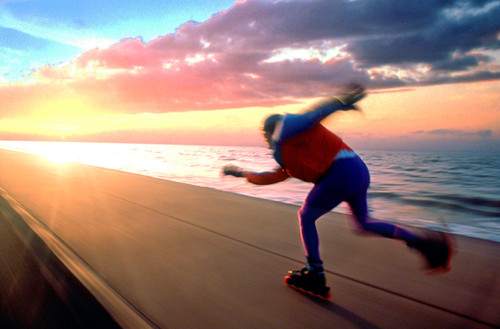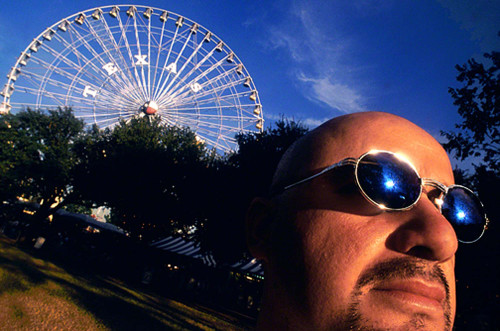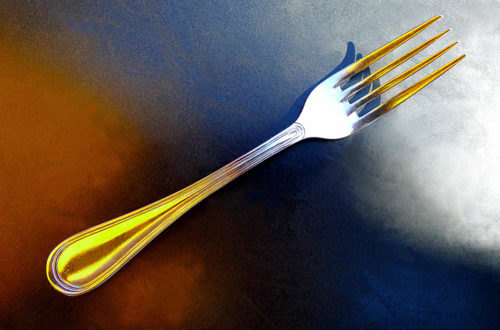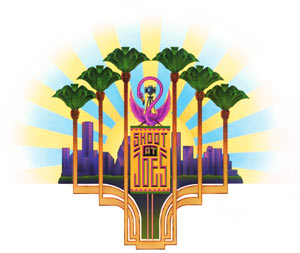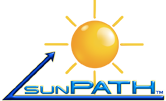I don’t know about you, but I’m never totally satisfied with the way my photos turn out …what do I mean?
I’m a painter, In my much younger days I used a brush, and then I started to have a lot less time…especially to spend time to cleaning said brushes. That was the point when I changed from a paint brush, colored pencils, etc., to a camera as the medium of choice.
Sometimes I painted exactly what I saw, and sometimes what flowed from the various brushes and palette knives came strictly from my imagination. As a photographer, I pretty much look at things the same way. Sometimes I photograph what I see, but most of the time I take pictures of what I’d like to see.
Photography is very different to painting in one important respect. When I was painting, I started out with a blank canvas on an easel and began to fill it in until I had what I though was a work of art. Now the canvas on an easel is a camera on a tripod and I take away things until I’m satisfied with what I consider to be a work of art. But am I ever satisfied?
In my online class with the BPSOP, and in my “Stretching Your Frame of Mind” workshop I conduct around the planet, I’m always telling my fellow photographers to take more than one photo. That thought of creating one photo during one photo op, without any geographic criteria, as the one and only is to dream the “Impossible Dream”. That photo that’s taken when the camera is brought up to one’s eye (the usual height for all one’s photos), and without any thought to light, exposure, or point of view the shutter release is depressed.
BtW, every so often someone tells me that they took a workshop and was told by the instructor to never alter anything or you’ll surely go to photo hell; it has to be photographed as it is. Well that’s certainly admirable, and I can only think that a painter was not behind the camera. Those people take pictures and to each his own. I make pictures.
Don’t be satisfied with your first idea as the odds of it being a “keeper” or an “OMG” photo are mighty slim. Walk around, look it from different points of view, underexpose or overexpose, give yourself choices.
As far as ever being satisfied. Sometimes I am, and sometimes after looking at it later on my monitor, I wish I had done more…looked at it even another way. To me that’s a good thing that keeps me sharp and interested in the the future…photographically speaking. After all, the best picture I’ve ever taken may very well be my next one.
Visit my website at: www.joebaraban.com, and check out my workshop schedule at the top of this blog. Come shoot with me sometime
JoeB

